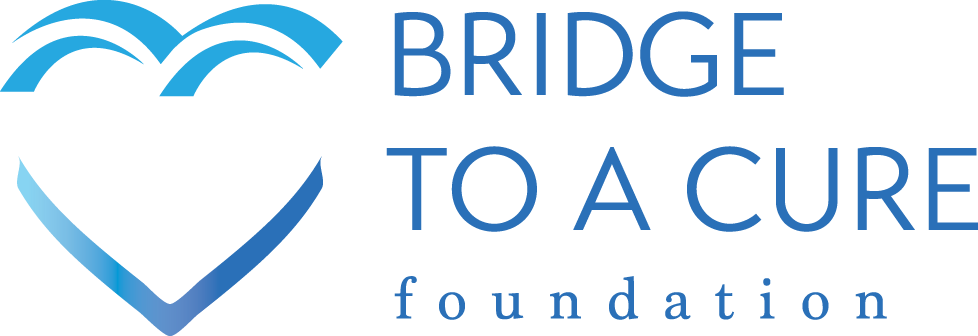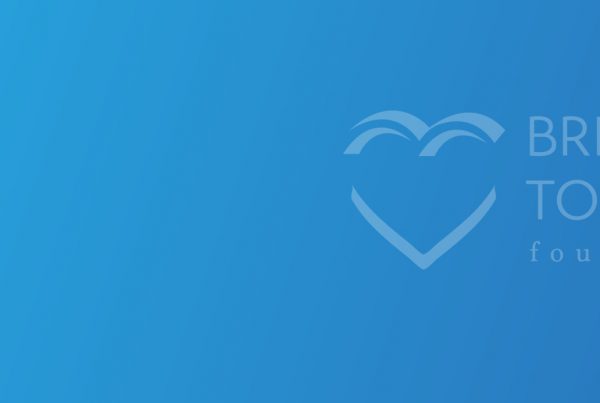This article shares with you the significance of data in developing childhood cancer research cures, and how that data is collected and shared with the scientific community.
The Data Bridge
The “bridge” in Bridge To A Cure Foundation is built from data — all different kinds of data that help the childhood cancer research community discover new cures. There are many data points to construct the bridge, but biospecimens — in this case, tumor tissue — are by far most important to building a robust data set.
Learning how cancer changes how our cells use DNA and RNA provides critical clues for researchers Seeking out these clues requires quality analysis of DNA and RNA molecules and genes.
Last fall, Bridge To A Cure Foundation partner Children’s Brain Tumor Network (CBTN) announced that it was awarded game-changing resources provided through a National Institutes of Health (NIH) program for their Project Accelerate initiative. And in our October 2021 blog “Bridge To A Cure Alliance Partner Awarded Critical Resource Support,” we shared how Project Accelerate promises to turbo-charge the search for childhood brain tumor cures by connecting researchers around the world to the data they desperately need to make new breakthroughs.
The CBTN Operations team has worked feverishly to extract the data from more than 7,000 biospecimens and is making it available to researchers worldwide because we believe a cure for childhood brain tumors exists in this data. Not only that, the data is linked to clinical data, medical models, and other specimens that can be used to provide personalized medicine for each individual child battling the disease. This type of precision medicine improves outcomes for kids. Project Accelerate is the culmination of ten years of work by CBTN to create the infrastructure and collaboration needed to accelerate cures.
CBTN will add this flood of information produced through Project Accelerate to the Pediatric Brain Tumor Atlas, making it freely accessible to researchers worldwide by the end of the year.
The Data Journey
Project Accelerate is already underway. This transformational effort is painstaking and requires significant financial investment to see it through to usable data. There are several steps to extracting the precious information we need and delivering it in a form that scientists can use in their research:
Identify the sample. While all types of childhood brain tumors are included in this monumental effort, CBTN is focused first on tumors that most greatly impact a child’s quality of life. CBTN institution lab technicians identify individual tumor samples from among thousands housed in their biobank to ensure this priority.
Extract the DNA and RNA. Technicians extract sample DNA and RNA from the tumor tissue.
Code the data set. Each sample pulled from the tumor tissue is coded with its own tracking information so that it can be traced back to its origin.
Ship data set samples. The coded data set is shipped in a climate-controlled environment with care not to disturb the data sets as they are in transit to the Broad Institute, an MIT and Harvard University collaboration.
Characterize the data. At the Broad Institute, molecular characterization data is generated on each of the samples. They are looking for presence of certain genetic changes in tumor tissue, such as gene mutations or other changes in the DNA or RNA.
Catalog the data. The processed data is recorded by its code and the data set information is added to the CBTN Pediatric Brain Tumor Atlas.
Distribute the data. Scientists and researchers can now access the additional data to look for patterns and anomalies that before would not have been possible to observe—promising new advancements toward cures.
 When you give to Bridge To A Cure Foundation, you support this arduous bridge-building process now underway at CBTN with Project Accelerate. We need your help right now to uncover the clues — and the cures — we know are hidden in the data. Support Project Accelerate here.
When you give to Bridge To A Cure Foundation, you support this arduous bridge-building process now underway at CBTN with Project Accelerate. We need your help right now to uncover the clues — and the cures — we know are hidden in the data. Support Project Accelerate here.






